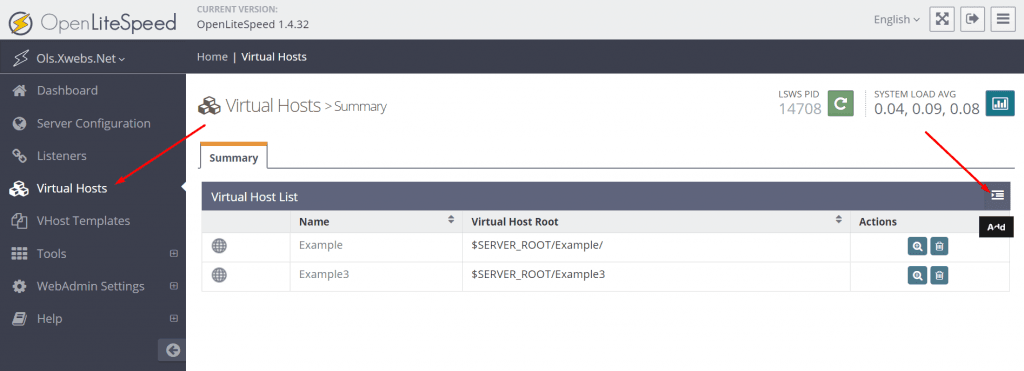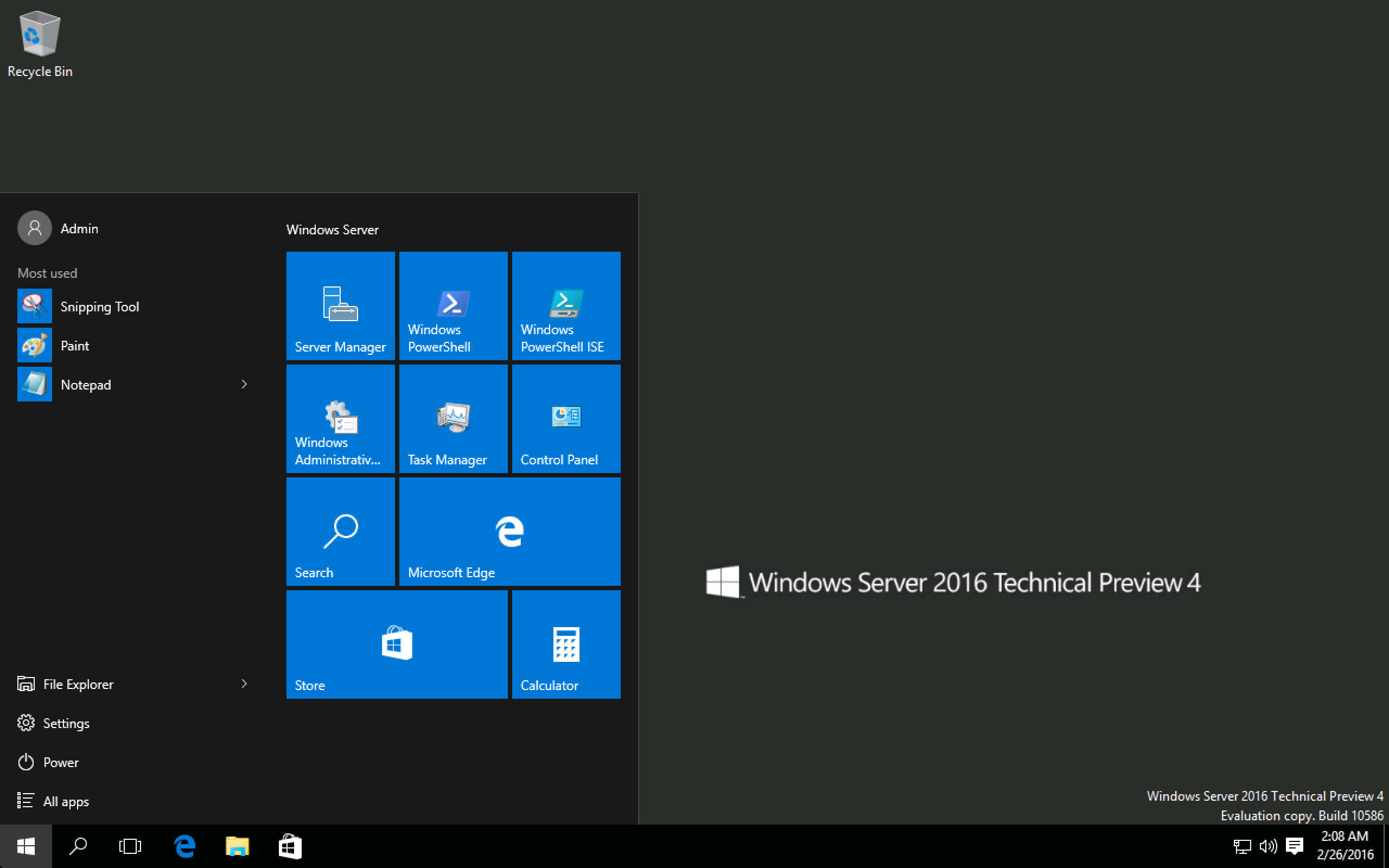
Ubuntu can be installed with the command "apt/get install apache ubuntu". Before you install Apache, check that your firewall software is allowed. Ubuntu's firewall is called ufw. Open ufw and select the option "allow connections". You will see a message indicating whether Apache is allowed. If Apache is allowed then the output should be "active".
Prerequisites
Before installing Apache on an Ubuntu-based computer you must ensure that it has all the necessary prerequisites. You must be able to access the sudo command to modify files. You also need to have administrative privileges for your user account. Once you have completed the prerequisites, it is possible to install the web server.
First, you should enable your firewall and enable port 443. To do this, run sudo "ufw allow" in Apache Full. This will enable HTTPS and HTTPS ports. Also, ensure that at least 50MB is available. The Apache server will require approximately 10MB disk space once the installation has been completed. The space required will vary depending on the configuration options you choose, the third-party modules that you use, and the size your site. Apache requires an ANSI C compiler. If you're using a compiler from a different vendor, make sure it supports ANSI C. Make sure your path contains the basic building tools.

Configuring a UFW firewall
Once UFW has been installed on your computer, you will need rules to secure your computer from unauthorized connection. The UFW firewall provides several options for configuring its firewall rules. You will first need to set up a netmask that prevents UFW's from accepting connections from IP addresses not belonging to your subnet. To limit the allowed connections, you will need to set up a policy. UFW default policy is "deny". This policy blocks all connections and allows you to connect only to specific accounts. Final, rules can be removed by numbers or names.
UFW allows you to set up firewall rules to restrict incoming connections while allowing only outgoing connections. This is the most secure default. You can block IP address ranges, programs or ports. Or you can do a combination. To modify the policy, make changes to /etc/default/ufw.
Reloading an Apache web server
Reloading Apache web servers on Ubuntu is simple. It is possible to do this using systemctl. It may take some time to finish. You may also experience unexpected disruptions to your server if the configuration is large or complex.
You will need to make sure that all configurations are checked and restart the server. Be sure to check that your system is not running into any zombie processes. This is essential because sometimes, the web server might be stopped due to an insecure Internet connection.

Configuring virtual hosts
Configuring multiple Apache virtual hosts is one of the easiest ways to allow multiple domains on a single Ubuntu server. This is a powerful tool that allows you to run and host a large number of domains on one server using only one IP address. Virtual hosts are flexible, and can be set up for any host name.
For beginners, this method is not easy as there are so many options. But it can be done by following a few simple steps. First, create the directory where your files will be stored. This directory will contain the site's files. It will be called your document root. The default directory will always be /var/www. However, virtual hosts will have theirs.
FAQ
Do I hire a web design firm or do it myself.
If you're looking to save some money, don’t pay for web designing services. However, if you are looking for high-quality results, hiring someone to design your website might not be worth it.
You don't need to hire expensive web designers to create websites.
You can make a beautiful website if you are willing to work hard and put in the effort.
You might also consider outsourcing your project to an experienced freelance web developer who charges by the hour instead of per-project.
What is Website Design Software?
Web design software is used to create web pages and other digital media by graphic artists, photographers and illustrators.
There are two types of website design software available: cloud-based and desktop apps. Desktop apps are installed locally on the computer. You will need to install additional software. Cloud-based solutions can be hosted remotely over the internet. They are ideal for mobile users as they don't require additional software.
Desktop Applications
Although desktop apps offer more features than cloud-based applications, they are not always required. Some people prefer working exclusively on a desktop app, as they find it easier. Some people like the same tool no matter whether they're working on a computer or a smartphone.
Cloud-Based Solutions
Web designers who want to save time and money should choose a cloud-based solution. These services enable you to edit any document from anywhere with an internet connection. This means that you can work on your tablet while waiting to brew your coffee.
If you decide to go with a cloud-based service, you'll still need to purchase a license for the program. You don't have to buy additional licenses for upgrading to the latest version.
If you have Photoshop, InDesign and Illustrator, these programs can be used for creating web pages.
What technical skills do I need to design and construct my site?
No. You just need to be familiar with HTML and CSS. Online tutorials can be found that cover both HTML and CSS.
Statistics
- When choosing your website color scheme, a general rule is to limit yourself to three shades: one primary color (60% of the mix), one secondary color (30%), and one accent color (10%). (wix.com)
- It's estimated that chatbots could reduce this by 30%. Gone are the days when chatbots were mere gimmicks – now, they're becoming ever more essential to customer-facing services. (websitebuilderexpert.com)
- It's estimated that in 2022, over 2.14 billion people will purchase goods and services online. (wix.com)
- Did you know videos can boost organic search traffic to your website by 157%? (wix.com)
- Is your web design optimized for mobile? Over 50% of internet users browse websites using a mobile device. (wix.com)
External Links
How To
How to use WordPress in Web Design
WordPress is a tool for creating websites and blogs. It has many great features, including easy installation, powerful themes options, plug-ins and many other. You can personalize your website with this website builder. It has hundreds of themes to choose from and many plugins to help you build any kind of site. If you'd like, you can also add your own domain. All of these tools make it easy to manage your website's appearance and functionality.
WordPress allows you to create beautiful websites even if you don't know how to code HTML. If you don't know anything about coding, there's no reason why you shouldn't be able to set up a professional-looking website in minutes! This tutorial will teach you how install WordPress on your computer. Then, we'll go through the steps necessary to put your blog online. We'll walk you through the process so you can understand it at home.
WordPress.com is the most widely used Content Management System (CMS) and currently has 25 million users around the world. There are two different versions of WordPress available; you can either buy a license from them for $29 per month or download the source code and host it for free.
WordPress is a popular blogging platform. There are many reasons for this. WordPress is simple to use. Anyone can create great-looking websites by learning HTML. You also have the flexibility to change your site's look and feel. WordPress.org offers many themes for free. This means that you can completely customize the look and feel without spending a dime. Finally, it's highly customizable. Developers offer premium add-ons which allow you to update posts automatically when someone comments or integrate social media sharing within your site.